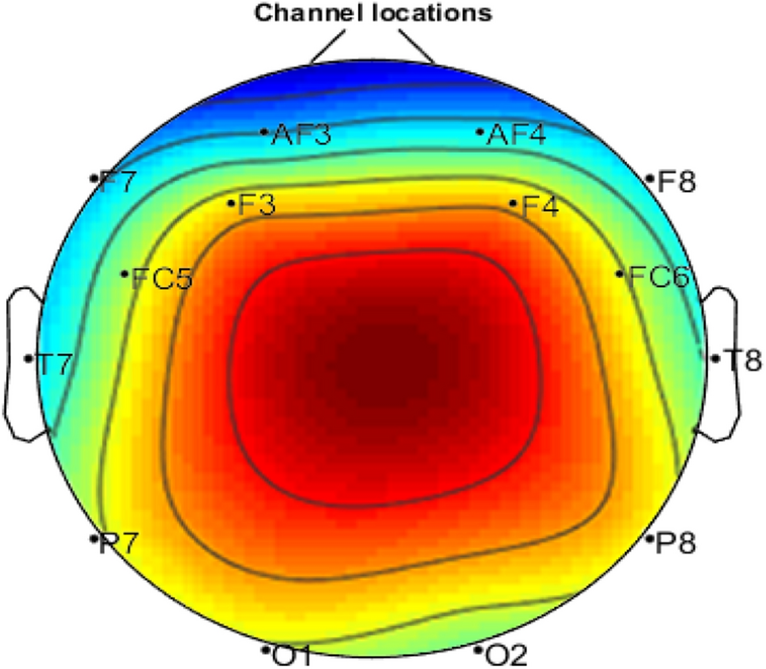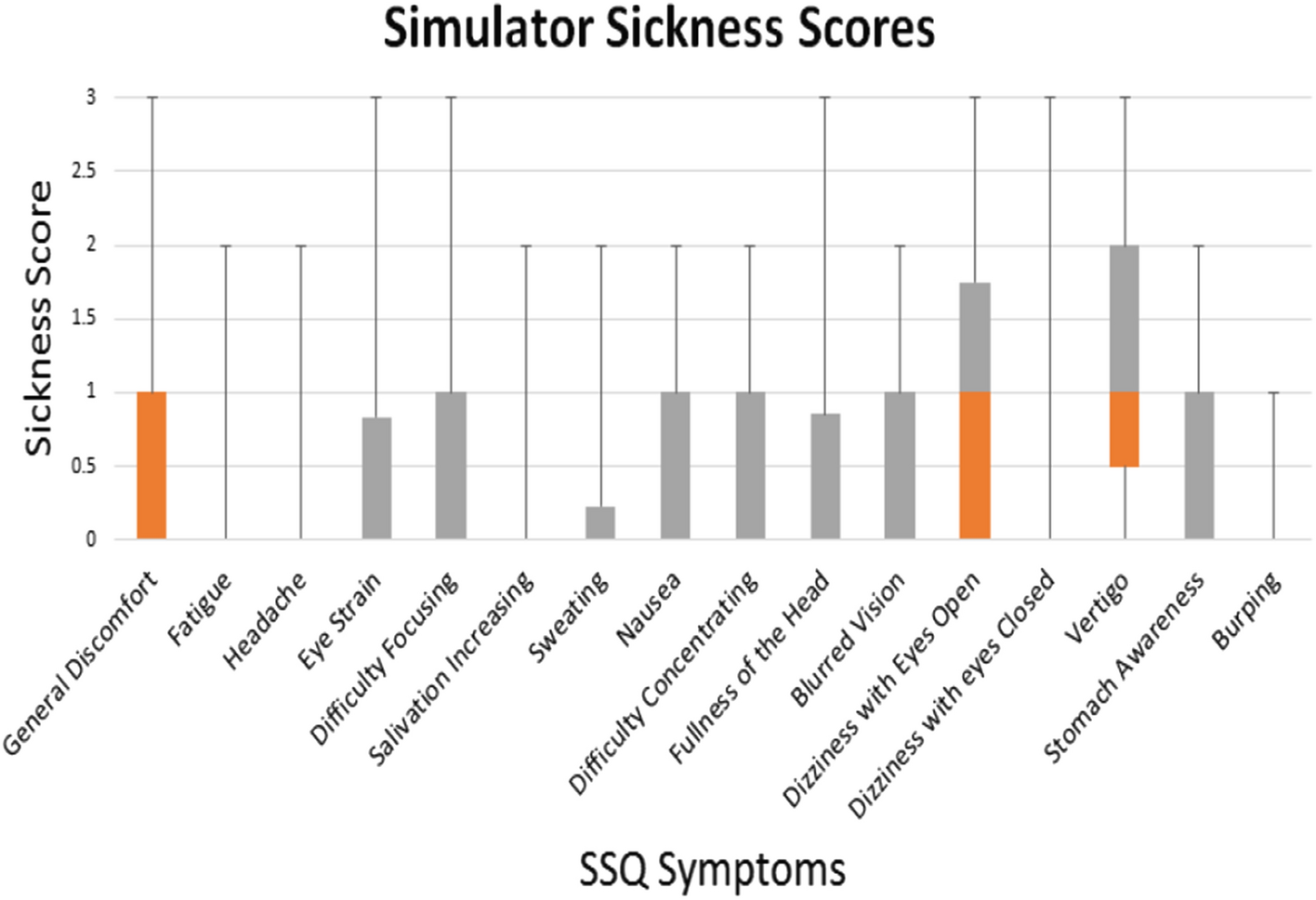The following report is from Study Finds:
Move over seasickness, “cybersickness” may soon take over as the dominant motion illness with virtual reality becoming more and more popular. If you’re unfamiliar with the term, estimates show that anywhere from 30 to 80% of users experience disorientation or nausea while immersing themselves in a virtual reality setting. Now, researchers from the University of Maryland have figured out a way to measure and better understand this newly emerging phenomenon.
The key to this work is electroencephalography (EEG) technology. UMD researchers were able to observe the brain activity of VR users in real time as they experienced a virtual world via EEGs. The hope is that those recordings will help develop prevention and treatment options for cybersickness.
While cybersickness shares obvious similarities with motion sickness, it’s quite different in the sense that sufferers aren’t actually moving. They’re only experiencing the perception of movement within a virtual environment. There are already a number of theories out there as to why cybersickness occurs, but with scientists doing few studies on it, it’s hard to find any real answers.
Brain Activity’s Link To VR Discomfort
This study’s authors are among the first to try using EEG technology to measure and better understand cybersickness. For reference, EEGs record neural activity via sensors placed on one’s head. Sure enough, this idea helped them establish a correlation between certain brain activity patterns and the onset of cybersickness.


Establishing a strong correlation between cybersickness and EEG-measured brain activity is the first step toward interactively characterizing and mitigating cybersickness, and improving the VR experience for all.
Study co-author Amitabh Varshney, a professor of computer science and dean of UMD’s College of Computer, Mathematical, and Natural Sciences, comments in a university release.
Up until now, the very limited amount of research on cybersickness had solely asked participants to self-report cybersickness symptoms after the fact. The problem with that approach is that it only collects qualitative data, essentially making it impossible to connect specific symptoms with VR developments. Moreover, what one person experiences while “cybersick” may differ greatly from what another feels. Confounding matters is the possibility that more than just the VR is contributing to an individual’s personal symptoms.

This research is the first to collect data as users were experiencing virtual reality. This was accomplished by fitting each subject with an EEG device and immersing them in a short one minute-long VR fly-through of a futuristic spaceport. The experience wasn’t always smooth; researchers added a few quick drops and abrupt turns to recreate the feel of flying. While all that was happening, each subject had access to a joystick allowing them to report in real time any feelings of discomfort or nausea.
The study is published in the journal Virtual Reality.
AUTHOR COMMENTARY
The sacrifice of the wicked is abomination: how much more, when he bringeth it with a wicked mind?
Proverbs 21:27
I would definitely give the full study a peek. I did not read it in full, but just skimming through more of the actual data was interesting to see.
I am mentioning this study because, as noted in this report, the push for VR is rapidly growing, along with the many ‘wonderful’ benefits and experiences. Even though the study authors try to downplay the results and make it sound like the technology can be better improved, it’s a false notion. This stuff is horrible for your brain and eyes. I remembered I tried the Occulus headsets when they were first coming out, and I immediately got dizzy, headaches, and fuzzy-eyed.
But I am also mentioning this study because regular WinePress readers know that I have been reporting on the virtual reality integration that will be used heavily in these coming smart cities – as a way to mind-control and fry the brains in these places, so that they lose their autonomy will keep them disillusioned to actual reality.
[1] Now the Spirit speaketh expressly, that in the latter times some shall depart from the faith, giving heed to seducing spirits, and doctrines of devils; [2] Speaking lies in hypocrisy; having their conscience seared with a hot iron; [3] Forbidding to marry, and commanding to abstain from meats, which God hath created to be received with thanksgiving of them which believe and know the truth.1 Timothy 4:1-3
Samsung Unveils 6G Technology That Can Replicate People And Devices. Says They Are Ahead Of Schedule
Say Hello To 10G: “The Network Of The Future”
Smart Cities Continue To Be Built In America And England
Mad Scientists Manufacture Helmet To Access Secrets Of The Mind
Television Patent Admits They Are Designed To Hypnotize And Mind Control The Viewer
[7] Who goeth a warfare any time at his own charges? who planteth a vineyard, and eateth not of the fruit thereof? or who feedeth a flock, and eateth not of the milk of the flock? [8] Say I these things as a man? or saith not the law the same also? [9] For it is written in the law of Moses, Thou shalt not muzzle the mouth of the ox that treadeth out the corn. Doth God take care for oxen? [10] Or saith he it altogether for our sakes? For our sakes, no doubt, this is written: that he that ploweth should plow in hope; and that he that thresheth in hope should be partaker of his hope. (1 Corinthians 9:7-10).
The WinePress needs your support! If God has laid it on your heart to want to contribute, please prayerfully consider donating to this ministry. If you cannot gift a monetary donation, then please donate your fervent prayers to keep this ministry going! Thank you and may God bless you.










Isaiah 26:3
3 Thou wilt keep him in perfect peace, whose mind is stayed on thee:
because he trusteth in thee.
Hard to keep the mind fixed on the Lord and his word when we fill it up with worthless imaginations and clutter it up.
VR went from a trend to an agenda to control and keep the masses asleep or rather keep them playing their games. A population that’s sick, fat, and addicted to video games are super easy to control.